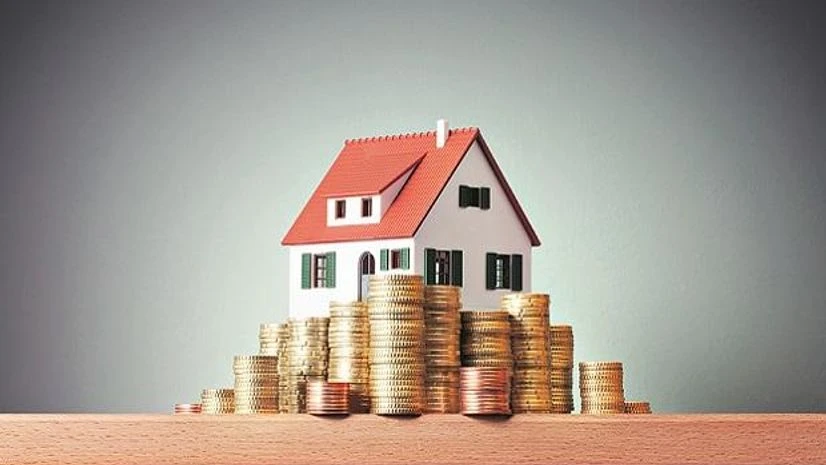The collection efficiency of non-banking finance companies and housing finance companies was in the healthy range of 97-101 per cent in April, according to a report.
The collections had seen a modest decline of about 3 per cent following the third wave of infections in January 2022, but the recovery was prompt, given the lower severity of the COVID variant and limited restrictions on movements during this period, Icra Rating said in a report on Tuesday.
The analysis is based on Icra-rated retail pools securitised by non-banking finance companies (NBFCs) and housing finance companies (HFCs).
Securitisation refers to the pooling of cash-flow-producing assets (such as mortgages, loans, and bonds) and subsequent issuance of securities in the capital markets backed by these collateral pools.
"The collection efficiency for NBFCs and HFCs has been healthy in the range of 97-101 per cent at the beginning of FY2023," the report said.
Healthy collection efficiency was witnessed in its rated securitised pools for April which is expected to have remained strong in May, it added.
More From This Section
With business activities close to pre-Covid levels for most sectors coupled with a heavy focus on collections by the NBFCs and HFCs, the concern on collection efficiency, at least from the non-restructured portfolio of the financiers, has reduced, the agency said.
Further, tightening of pool selection criteria by the investors for securitised pools and strengthening of prevailing credit appraisal processes and parameters by the lenders following the emergence of COVID also had a positive bearing on the overall collection efficiency, it said.
The agency's Vice President and Group Head (Structured Finance Ratings) Abhishek Dafria said the collection efficiency is expected to remain largely stable this fiscal, as long as we do not see any fresh COVID wave that results in lockdowns by the governments.
Any rise in infections for shorter periods of time would still not cause much concern, considering the approach followed by state governments during the second and third waves where the lockdowns were more localised and initiated only if necessary.
The performance of secured asset classes, especially mortgage-backed loans, has been stronger than the unsecured asset classes during the COVID period.
For instance, housing loan pools witnessed a marginal decline of about 2-3 per cent in collection efficiency due to the onset of the third wave but reached 100 per cent in March 2022 itself, Dafria said.
The unsecured loan segment, such as microfinance loans, SME loans or personal loans, had seen the sharpest decline in collections during the first and second COVID waves, the report said.
However, the uninterrupted business environment seen over the past 9-10 months has improved the repayment capability of such borrowers as their income-generating ability has increased.
"As a result, there has been a material improvement in the collection efficiency for such unsecured asset classes during this period," it said.
The agency's Vice President and Co-Group Head (Structured Finance Ratings) Samriddhi Chowdhary said the 90+ delinquencies have seen a material decline of 2-3 per cent for microfinance and unsecured SME pools from the peaks seen in Q1/Q2 FY2022.
The collection efficiency bounced to healthy levels of 97 per cent for Icra-rated microfinance pools and 98 per cent for Icra-rated SME pools in April 2022, she said.
The collections are expected to remain strong for the entire first quarter of FY2023, she added.
(Only the headline and picture of this report may have been reworked by the Business Standard staff; the rest of the content is auto-generated from a syndicated feed.)

)
